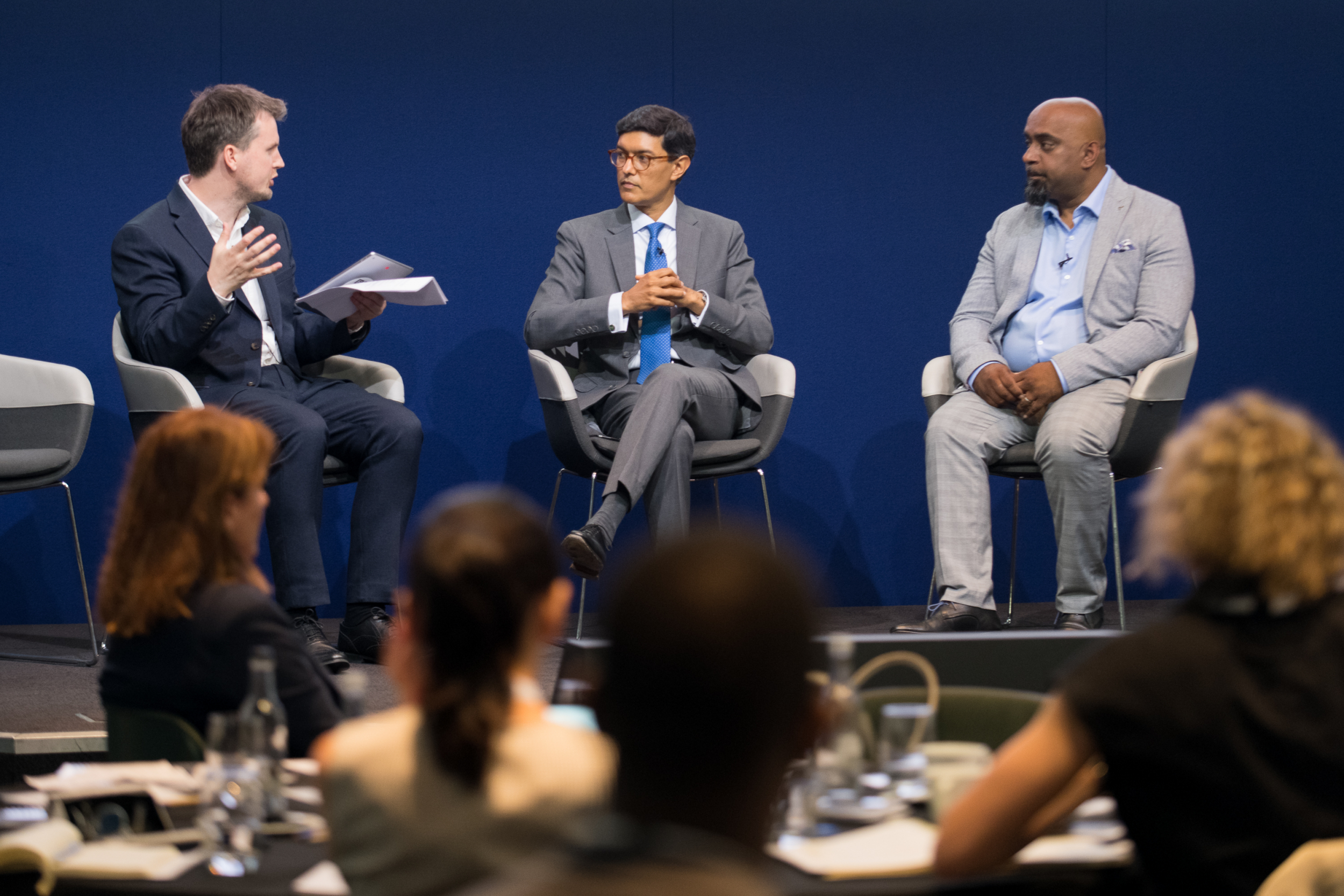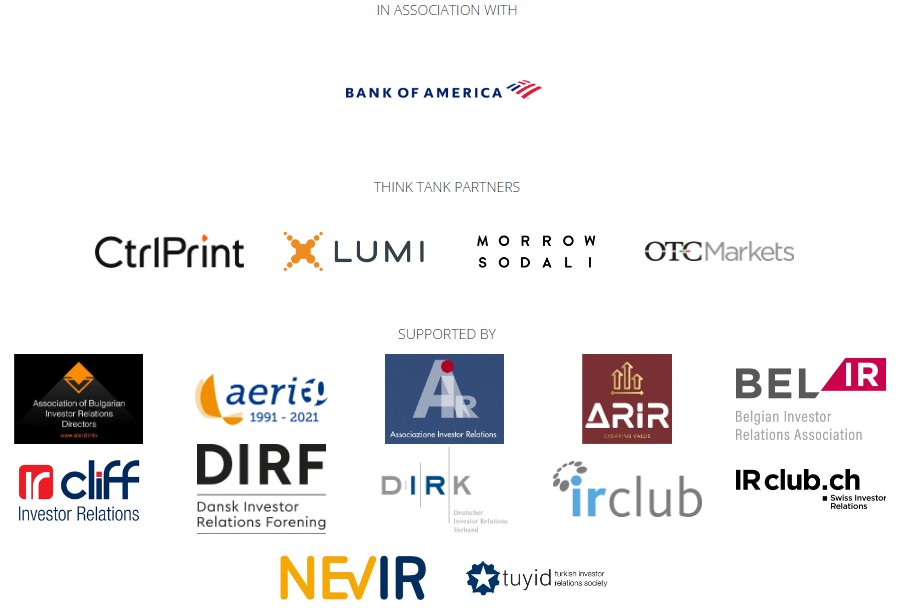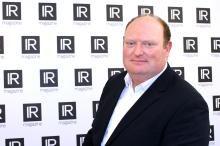For companies with projects in Russia, the war in Ukraine has been front of mind for their investors, senior IR officers heard at the IR Magazine Think Tank – Europe. Some companies found their exposure was decreasing before the invasion. However, attendees heard that investors have been vehemently against any continued interests in Russia: as one speaker put it, ‘there was no black or white’, so the first few months were tough in communicating activities and whether or not money was going to be lost. ‘Investors look at the tip of the iceberg,’ an IRO said, ‘which can be frustrating.’ Projects have now largely been suspended due to sanctions and some companies are finding themselves in limbo. The realization is that those suspended projects will likely be terminated before the end of year.
 The small nature of IR teams has been a virtue in such times of crisis because it meant IROs were able to react nimbly to live events and be the reliable, knowledgeable point of contact for all stakeholders.
The small nature of IR teams has been a virtue in such times of crisis because it meant IROs were able to react nimbly to live events and be the reliable, knowledgeable point of contact for all stakeholders.
However, IROs need to balance long-term guidance for shareholders with the reality of the sell side and hedge funds who want shorter-term results, the audience heard. There was discussion on the level of detail given and one IRO noted that the sell side particularly obsesses over the small details in times of crisis. A five-year view is a better way to frame a business than focus on quarterly performance. IROs should consider how to manage outside their usual core reporting periods.
When it comes to building resilience and communicating in a crisis, companies often want to invest in infrastructure to gain revenue but some feel regulators impose limits. Investors complain because they don’t see the asset base or business grow as fast as they like. Energy bills increase, which in turn puts pressure on commitments to renewable energy.
Rethinking the ‘S’ in ESG
Beyond safety and diversity, what other ‘S’ metrics are there to report on? Both GRI and SASB are increasingly emerging and help conceptualize the ‘S’. GRI helps put ‘S’ into a framework, considering employees, suppliers, customers and the community operated in, IROs heard. But investors don’t want more information; they want better quality information.
 The role of sustainability may fall to almost random people in small to mid-cap companies but it is important for IROs to liaise with them nonetheless. IROs were encouraged to look at the ‘S’ from a risk-management perspective for their business.
The role of sustainability may fall to almost random people in small to mid-cap companies but it is important for IROs to liaise with them nonetheless. IROs were encouraged to look at the ‘S’ from a risk-management perspective for their business.
‘Millennials are the largest intake in the workforce,’ an IRO noted. ‘Take social and generational trends into account as it’s all about people - customers, suppliers and employees.’
How should companies report when there are so many frameworks? TCFD was mentioned by investors but investors don’t mind what the reporting framework is long as the data is high quality.
TCFD, GRI and SASB are popular social frameworks but the Workforce Disclosure Initiative was described as ‘very niche’. No one framework fits all. ‘Be confident in the story you’re telling,’ IROs were advised.
Communicating corporate culture
How do you communicate corporate culture to investors? ‘Corporate culture is defined by the way we do things around here when no-one is watching,’ as one IR speaker memorably described it. Corporate culture has been of growing interest in the past five years. One area where we can quantify the concept is executive incentives and compensation but it also extends to a company’s recruitment approach and codes of conduct. Health and safety is a metric as well. A whistleblowing policy was deemed important and often a requirement but best practice demands it is referred to an external party, not the c-suite. Anti-money laundering and sustainability policies are also of interest to investors.
 Combine engagement surveys with results announcements, IROs heard. Monitor the culture in a company. One way is ‘consequence management,’ literally disclosing the number of people who contravened codes of conduct and were fired. ‘You’re clearly saying to investors how seriously you are managing your culture,’ an IRO noted.
Combine engagement surveys with results announcements, IROs heard. Monitor the culture in a company. One way is ‘consequence management,’ literally disclosing the number of people who contravened codes of conduct and were fired. ‘You’re clearly saying to investors how seriously you are managing your culture,’ an IRO noted.
Trends in investor engagement
When discussing trends in investor engagement, attendees heard that IR is definitely moving to more of a hybrid environment, considering how to engage with investors throughout the year, not just the major calendar events to compete for investor attention. ‘Many new investors do want to meet the c-level face-to-face in making investment decisions,’ an IRO speaker said.
Some executives expect less travel, limiting long-haul travel to once a year but the agility to respond to investor sentiment is key. ‘There is a balance to be struck,’ an IR speaker said. ‘Relationships need to be built, especially in small to mid-caps.’ Another IR speaker questioned if a ‘fusion’ is happening between IR and marketing, taking an integrated approach, when targeting investors.
Click here for more information about the IR Magazine Think Tank – Europe. IR Magazine returns to Palo Alto, California for its next Think Tank – West Coast II on September 16. Requests for invitations to attend are now open.











